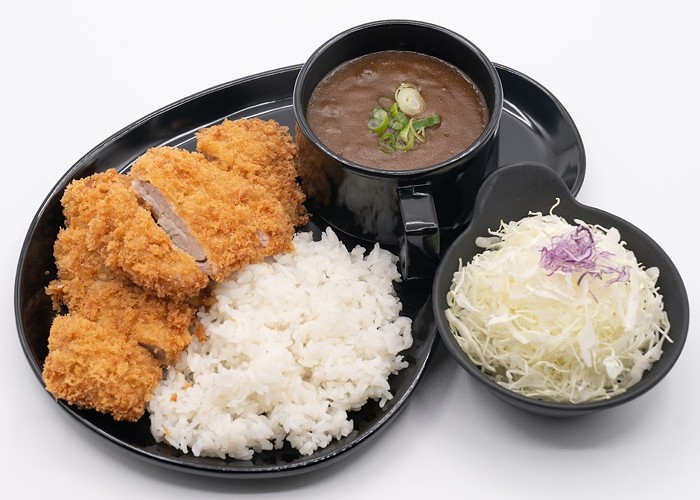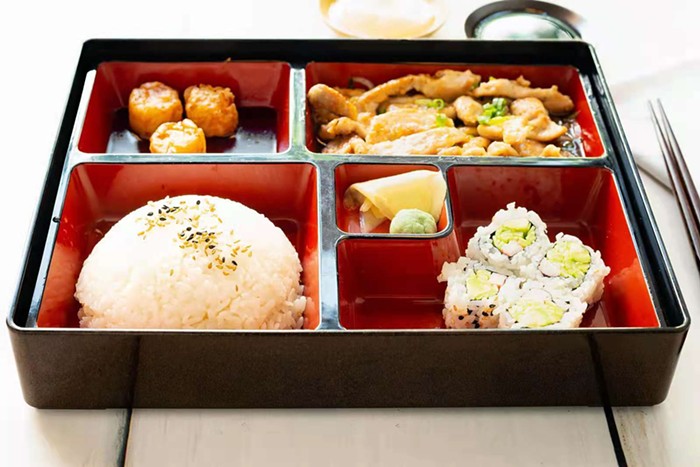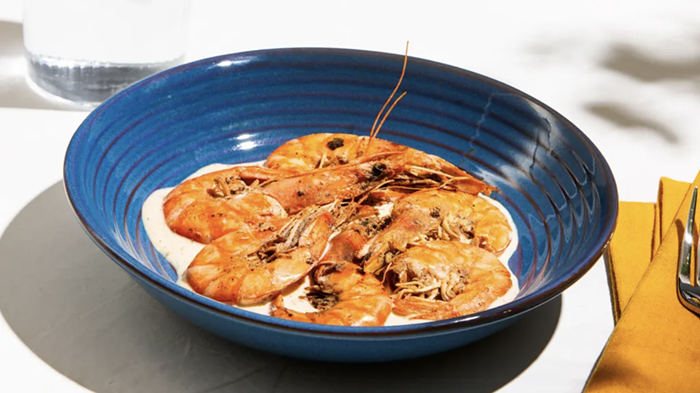All addictions have their rituals, which become almost as important as the substance itself. What better way to ritualize waking up than with fire? Around A.D. 1000, Ethiopians began pulverizing roasted beans and whipping the powder in hot water, the same way we make cocoa. The hot drink's popularity encouraged the first coffeehouses in Mecca, Damascus, and Constantinople, spreading the cultivation of the coffee tree to the Yemeni port of Mocha. In the 16th and 17th century, the English, Dutch, and French got hooked on the stuff and began smuggling the beans to their colonies for cultivation to circumvent the Arabs' monopoly. Despite Charles II of England's 1675 "Proclamation for the Suppression of Coffee Houses," which pointed out the dangerous number of "idle and disaffected persons" misspending their time consuming a substance that "produced very evil and dangerous effects," public support was so great that cafes and the use of coffee persisted.
As addicts writing about their brew from Honoré de Balzac to John Thorne in his collection of soulful food writing Simple Cooking are quick to point out, there is an abundance of flavors to cull from Coffea canephora, and one way to do this is by experimentation with roasting. John Thorne, for example, describes his eccentric morning ritual of roasting a handful of beans in a Chinese metal dim sum steamer tray in the toaster oven at 450 degrees, shaking them when they start popping, resulting in a delicately toasted bean in six minutes.
The roast-it-yourself approach is exhilarating for control freaks and spendthrifts alike. I decide how dark to roast my beans! And I buy them for a mere $3.99 a pound at my local produce stand, Sunshine Produce (1831 E Madison). The gentleman who sold me these green beans assured me anyone could roast them, slowly, but not too slowly (under-roasted beans retain gravel-like qualities in the coffee grinder), right on the stove. No fancy equipment but a flame under a skillet. Granted, the beans are reduced by 15% in roasting, but considering the yet attractive cost savings, why would I not roast my own coffee every morning?
Fire. The volatile oils released in roasting can actually catch fire, and pyrotechnic methods of entry into the world of crust-free eyes and ungruff voices, while spectacular, are not recommended. The procedure requires an alert, attentive mind and vigorous shaking techniques--all of which are a bit much to ask from someone in a pre-caffeinated state. Sometimes, though, the pain of withdrawal can stimulate a prolonged and excessive interest in minute undertakings, which is the ideal state for roasting beans. They must be watched intently, and stirred constantly, once they start popping.
Keeping a close eye out for the previously mentioned fire, I took my grocer's instructions to heart and stood shaking the pan. It seemed to take an awfully long time for the beans to turn barely brown. I shook and shook as the beans sweated then finally turned oily; in nanoseconds, smoke billowed from my perfectly dark-roasted beans, filling the kitchen with an acrid scent, setting off the smoke detector, waking the baby, and sending the neighbor's dog into a panic. There is something primal and nesty about futzing around with fire, deploying elaborate ritual in order to achieve the necessary high--you know you're really cooking when the fire alarm wails.


















